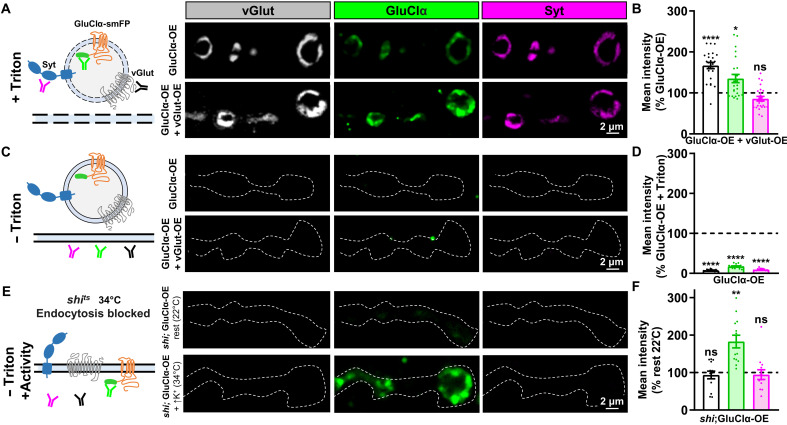Fig. 7. GluClα colocalizes and traffics with synaptic vesicles.
(A) Schematic illustrating permeabilized neuronal membrane and antibodies binding to their antigens on synaptic vesicles (left). Representative images of NMJs immunostained for the synaptic vesicle markers vGlut and Syt, as well as GluClα::smFP (anti-Flag) at presynaptic boutons in control (GluClα-OE: w;OK371-Gal4/UAS-GluClα::smFP) or in combination with vGlut-OE (GluClα-OE + vGlut-OE: w;OK371-Gal4/UAS-GluClα::smFP,UAS-vGlut). (B) Quantification of fluorescence intensity of the indicated signals in GluClα-OE + vGlut-OE normalized to GluClα-OE alone. Note that both anti-vGlut and anti-GluClα signals are enhanced, while anti-Syt signals remain unchanged (GluClα-OE, n = 24; GluClα-OE + vGlut-OE, n = 22). *P < 0.05. (C) Schematic illustrating nonpermeabilized membrane, in which case the antibodies do not access intracellular compartments. Representative images as described in (A) but in the absence of the detergent Triton. Little antigenic signal was observed in this nonpermeabilized condition, indicating that the majority of GluClα is located in intracellular compartments. The dashed line indicates the neuronal membrane [horseradish peroxidase (HRP) signal]. (D) Quantification of fluorescence intensity of nonpermeabilized GluCl-OE staining normalized to the signal found in permeabilized conditions (GluClα-OE, n = 16; GluClα-OE + vGlut-OE, n = 16). ****P < 0.0001. (E) Schematics of the antigens trapped at the plasma membrane using the temperature-sensitive shibire mutant (shits) at the restrictive temperature (34°C) following high K+ stimulation. Representative images of NMJs immunostained with synaptic vesicle markers as described in (C) in permissive or restrictive temperatures without membrane permeabilization. (F) Quantification of fluorescence intensities of the indicated antigens in shits1;OK371-Gal4/UAS-GluCl-smFP at 34°C after high K+ normalized to the baseline signal at 22°C. **P < 0.05.

